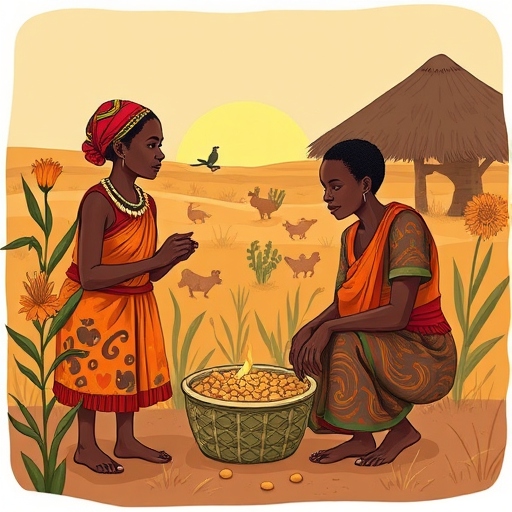Livelihood

Our aim is to provide direct assistance for people as they try to feed their families and find a safe place to live, and we work to improve livelihoods opportunities for long-term economic wellbeing by helping people achieve self-reliance by building their skills and knowledge, as well as providing access to the resources, training, assets, inputs, services and markets they need. Our work in this area is guided by several core principles – including protection, diversity, equity, access and sustainability.
Our key linkages to Livelihoods are:
- Creation of a conducive, but well-regulated, private and foreign investment policy to foster economic growth and encourage opportunities for employment.
- Adoption, through technical, institutional and policy interventions, of measures for the sustainable management of the natural resource base, to allow for continued reliance on natural resources, the basis for more than 70% of livelihoods.
- Interventions in agriculture, livestock, forestry, fisheries and natural resource management to strengthen rural development and livelihoods including:
- Agriculture: expansion of irrigated agriculture, development of potential export cash crops, efficient crop pest management, increase in availability and utilization of fertilizers, etc.
- Livestock: improving productivity, increasing off-take of live animals and animal products, improving veterinary services, tsetse fly control, improving drought and flood early warning systems; development of productive industry based on non-conventional species, like ostrich, crocodile, guinea-fowl, wild silk moths.
- Forestry:re-afforestation of valuable tree species: Acacia bussei, plantation production of fast growing Casuarinaequisetifolia for charcoal and construction poles, Jatrophacurcas for biodiesel production, introduction of improved cultivars of Ziziphus Mauritania, plantation production of aromatic gum species.
- Fisheries: develop and diversify the sector to increase sustainable livelihoods from marine resources, investment in infrastructure and equipment, development of crustacean harvesting or farming, improved processing and utilization of fish products.
- Natural resource management:development and marketing of rangeland products.
- Development of an industrial and service sector strategy, to sustain rural livelihoods, increase employment opportunities, and provide jobs in industrial units.
- Involve processing agricultural, livestock, marine and other natural resource-based products.
- Provision of access to technical and vocational skills training related to the sector.
Our Goals
- Ensure that people can become self-sufficient by engaging in safe and decent work and by managing and saving their resources.
- Ensure that people in crisis areas have what they need to survive—including food, water, shelter and basic household items—without falling into debt or resorting to desperate measures.
- Ensure that people resettled in the United States have what they need to rebuild their lives and grow their assets.
FAQ
- Creation of a conducive, but well-regulated, private and foreign investment policy to foster economic growth and encourage opportunities for employment.
- Adoption, through technical, institutional and policy interventions, of measures for the sustainable management of the natural resource base, to allow for continued reliance on natural resources, the basis for more than 70% of livelihoods.
- Interventions in agriculture, livestock, forestry, fisheries and natural resource management to strengthen rural development and livelihoods including:
- Agriculture: expansion of irrigated agriculture, development of potential export cash crops, efficient crop pest management, increase in availability and utilization of fertilizers, etc.
- Livestock: improving productivity, increasing off-take of live animals and animal products, improving veterinary services, tsetse fly control, improving drought and flood early warning systems; development of productive industry based on non-conventional species, like ostrich, crocodile, guinea-fowl, wild silk moths.
- Forestry: re-afforestation of valuable tree species: Acacia bussei, plantation production of fast growing Casuarinaequisetifolia for charcoal and construction poles, Jatrophacurcas for biodiesel production, introduction of improved cultivars of ZiziphusMauritania, plantation production of aromatic gum species.
- Fisheries: develop and diversify the sector to increase sustainable livelihoods from marine resources, investment in infrastructure and equipment, development of crustacean harvesting or farming, improved processing and utilization of fish products.
- Natural resource management: development and marketing of rangeland products.
- Development of an industrial and service sector strategy, to sustain rural livelihoods, increase employment opportunities, and provide jobs in industrial units.
- Involve processing agricultural, livestock, marine and other natural resource-based products.
- Provision of access to technical and vocational skills training related to the sector.
- Ensure that people can become self-sufficient by engaging in safe and decent work and by managing and saving their resources.
- Ensure that people in crisis areas have what they need to survive—including food, water, shelter and basic household items—without falling into debt or resorting to desperate measures.
- Ensure that people resettled in the United States have what they need to rebuild their lives and grow their assets.

